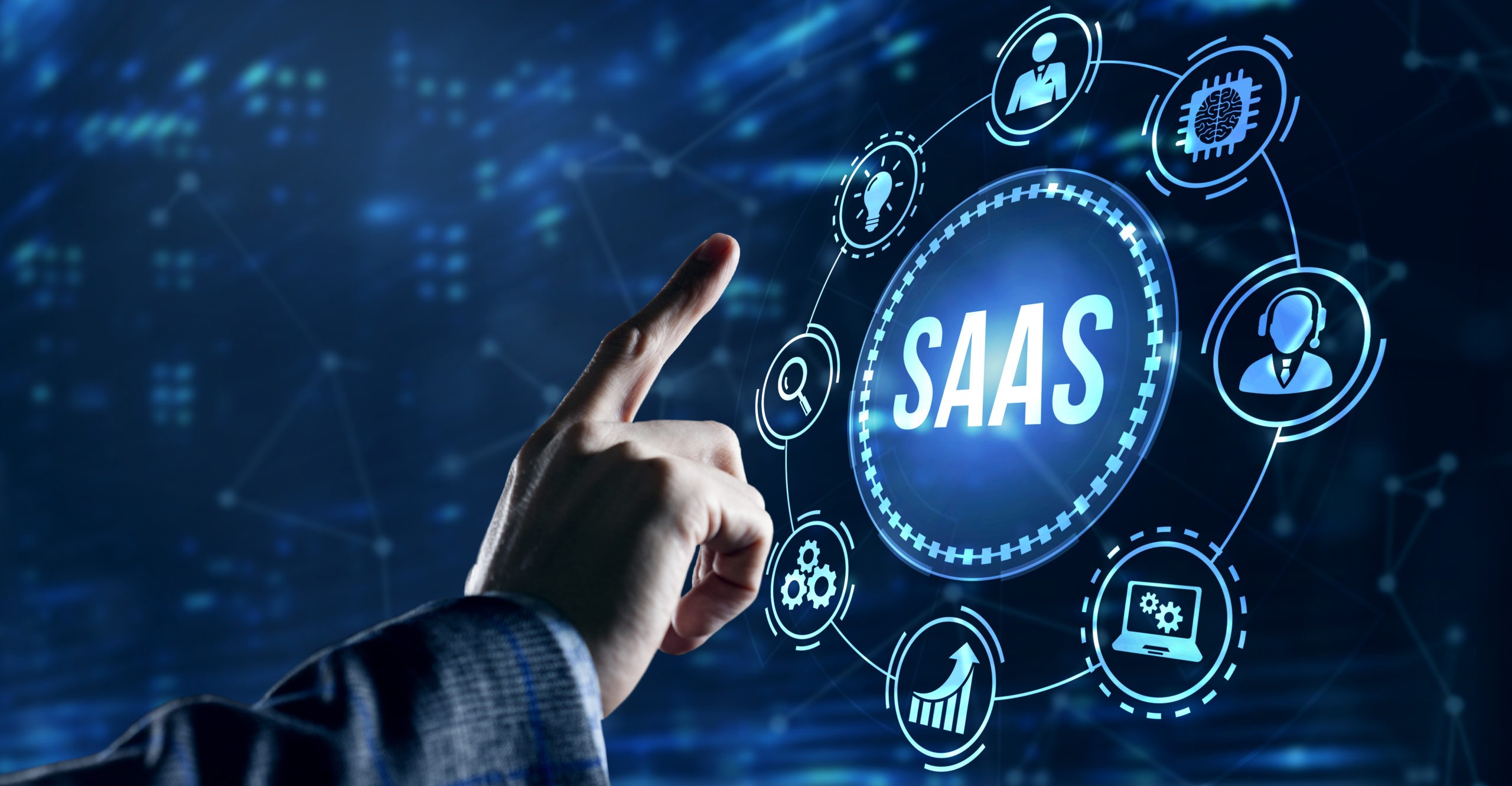With continued digital transformation, software vendors always improve on current applications and services or build new ones. Software As A Service is one such application and is a revolution in the business community. Given that it’s cloud-based, SaaS can offer more benefits than traditional software. These benefits can be short-term or long-term.
Of course, you can get consultancy services on digital operating platforms that can enable you to make the right decisions. From there, you can choose the software direction you want according to your company’s needs.
This article seeks to elaborate on the categories, pricing, and benefits of SaaS and help you reach a quicker decision.
Categories Of SaaS Products
There are different types of SaaS applications. However, they fall into the below categories:
1. Collaborative SaaS
To put it simply, this application can improve interaction within your team. This caters to your communication needs like video conferencing, instant messaging, and document sharing. Generally, this software encompasses the three Cs, which are communication, conference, and coordination.
As it has broad coverage, this SaaS category is more popular. Examples in the market are Zoom, Basecamp, Teams, and Google Meet.
2. Technical SaaS
When you use this platform, it gives you tools to manage and improve other technical processes. For example, Cloudsponge allows you to group all other emails. It enables you to import all contact addresses for email sites like Gmail, Yahoo, or Outlook. Other technical SaaS are LiveCall, ReachEdge, and PersistIQ.
3. Packaged SaaS
This product targets a specific process in your company. Such a product can come with custom features to suit your specific need. It can help manage processes in sales and marketing, human resource engagement, and client relations.
Some of the market players in this category are HubSpot, ActiveCampaign, EngageBay, and Pipedrive.
SaaS Pricing
Before you decide on what SaaS platform to take, it’s a basic need to understand the pricing of each product. Such a view gives you a chance to relate your budget with its functionalities. After looking at the below pricing modules, you can come to a decision quickly.
1. Tiered Pricing
The majority of products tend to have this pricing. Mostly, it starts with a low-priced to a high-priced package. For each of the packages, you get features you can access as per your price. For example, a platform can offer you standard, premium, or platinum options.
2. Flat Rate Pricing
For this module, the vendor gives you a standard price for a given period. For example, you can choose to use Microsoft 365 on an annual basis at a fee of USD$100 per year. Such a product allows you to utilize all the features the vendor has on that platform for one year. At end of the year, you can choose to renew if services are satisfactory.
3. Per-User Pricing
Reading from the name, you pay for this product according to the number of users. This, therefore, allows you to manage your costs according to your staffing to workstations. As a result, you can customize the number of users according to your operational needs.
4. Freemium
When you get this platform, it offers you free usage with specific basic features. You can upgrade when you want more features than what’s on offer.
5. Usage-Based Pricing
This model of pricing charges you as per transaction or consumption. Basically, you pay when you use the service depending on time or quantity. Whether you base it on time or quantity, this price model allows you to start at a lower cost and increase at a specific rate.
Benefits of SaaS
In comparison with traditional on-premises software, SaaS gives you several advantages. Some of the benefits can affect your business positively when you use SaaS as a long-term business solution.
1. Quick Set Up And Activation
SaaS requires less time to install and configure to your business network. This is because the application is already set up in the cloud. Once you choose the SaaS application you need, a few clicks allow you to access its features. In short, there’s no need to change or move servers on your premises.
2. Accessibility
SaaS doesn’t need you to be physically present to access its services. Whenever you want to log in, all you need is an internet-enabled device. As most of the SaaS platforms have a mobile application, you can still access the software on the go.
3. Flexible And Cost-Effective
When it comes to traditional software products, every new update may need you to purchase hardware that supports it. In addition, you need to purchase an installation package to activate and this can inflate your costs. However, with SaaS, you only need to click as new updates come. This allows you to save on costs.
In addition, software vendors easily integrate upgrades into existing versions. This makes it easier for you as the end-user. So, to install the updates, you may need only to restart your device.
4. Scalability And Budget Flexibility
Whenever your business grows, SaaS allows you to add more users to accommodate the growth. Additionally, you can reduce or increase your subscription depending on company needs. As a result, you can modify your costs depending on the volume of business.
5. Security Of Data
SaaS software allows you to put in place your security measures. The most common one is multi-factor authentication. In so doing, you ensure you protect valuable information.
Another way of data security is having levels of user permission. This allows you to avail information according to approval levels. While using SaaS, therefore, you ensure that vital information is accessible to the right users.
Conclusion
In conclusion, SaaS isn’t a technology hype but an integral part of your business today. Once you consider the benefits, SaaS can cater to your business needs on-demand. As a result, you can have good communication and customer relations while, at the same time, saving costs.

